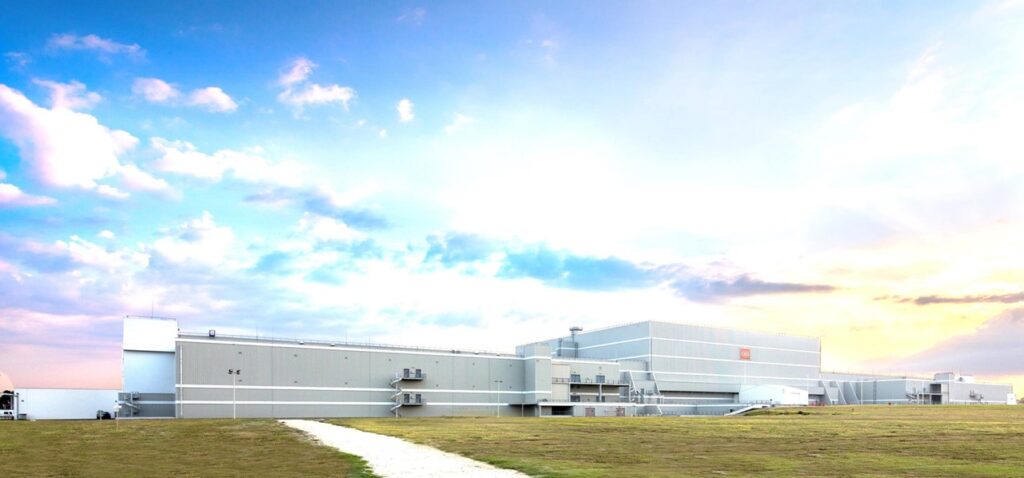CESTA (Le Barp, France)
Centre d'Etudes Scientifiques et Techniques d'Aquitaine, CEA, Le Barp, France
CESTA hosts the most energetic lasers in Europe in a single facility: LMJ composed of 176 nanosecond beams and PETAL a kJ-level picosecond beam (more than 1 PW). CESTA designs, engineers and operates these lasers.
Website: www-dam.cea.fr/cesta/
Contact: Denis Penninckx

Research highlights
CESTA conducts leading research in high-power energetic lasers. Its research covers all the related topics: front-end technologies, amplification, frequency conversion, optical design, opto-mechanics, power-banks, optics manufacturing, optics damage, electromagnetic pulse generation…
Expertise
As a research centre dedicated to high power laser for fusion experiments, CESTA houses the European highest-energy laser facility comprising two lasers: LMJ (Laser MégaJoule (LMJ)) and PETAL (PETawatt Aquitaine Laser). LMJ offers unique capabilities, providing an extraordinary instrument to study high energy density physics and basic science. The 176 beams of the facility, grouped into 22 bundles of 8 beams, will deliver a total energy of 1.3 MJ of 0.35 μm light and a maximum power of 400 TW. LMJ is is a keystone of the French Simulation Program. PETAL (PETawatt Aquitaine Laser) is the high-intensity companion of LMJ. It is a short-pulse (500 fs to 10 ps) ultra-high-power, high-energy beam (600 J energy on target), and has been funded by the Region Aquitaine, the French Ministry of Research and the European Union.
The configuration of the LMJ-PETAL facility in 2027 will include 40 LMJ quads (160 beams) for symmetric irradiations, and at least two other quads for radiography purpose or other irradiation will be available in 2028. Each quad will deliver a typical energy limited to 15 kJ to avoid damage on final optics. The symmetric irradiation presents a 10-order axial symmetry, which can be used for ICF studies in the polar direct drive approach. Nevertheless the use of tritium in the facility is not yet allowed yet; only D2 filled capsule can be imploded at room temperature. PETAL is in the equatorial plane and its energy on target will be limited to 600 J in 0.5 ps.
Diagnostics available at the beginning of 2027 consist of:
-
- seven X-ray imaging systems with a 10 to 150 μm spatial resolution and a 17 to 130 ps time resolution, providing over 40 imaging channels,
- three absolutely calibrated broadband X-ray spectrometers (30 eV – 20 keV),
- a time resolved high resolution X-ray spectrometer (0.8 – 25 keV),
- a time integrated hard X-ray spectrometer (7 – 150 keV),
- an optical diagnostic set dedicated to “Equation of State” measurements including : 2 VISAR, 2 SBO(Shock Break Out), a pyrometer and a reflectivity measurement,
- three diagnostics analyzing the backscattered light to determine the laser energy balance,
- two electron spectrometers (5 – 150 MeV),
- a charged particles spectrometer for electrons and ions (0.1 – 200 MeV)
- an imaging module for proton-radiography,
- a neutron pack, to measure neutron yield, ion temperature and neutron bang time

Copyright: CEA
Equipment offered to external users
Calls for experiment proposals LMJ-PETAL are made by the Association Lasers Plasmas (ALP).
More information can be found on its web site : https://www.asso-alp.fr/.
